- PLAY NOW ("Intellectual Yoga," Aug. 5, 2012 8:00 am)
Yoga (to yoke) means union. There are different ways (to yoke, to union). It opposes alienation, the view of separateness of "self" from all (sakkaya-drishti). Experiencing the ONENESS of all things is not enlightenment. But it is blissful, a relief, giving a sense of connection longed for (connectedness) at a profound and innate level. How? Allow it.
Full-length "The Art of Meditation" by British Zen teacher Alan Watts
MCTB The Non-Duality Model
DharmaOverground.org The Non-Duality Model essentially says that the goal is to stop a process of identification that turns some patterns of sensations into a Doer, Perceiver, Center Point, Soul, Agent, or Self in some very fundamental perceptual way. By seeing these sensations as they are, the process can gradually be seen through until one day: “In the seeing [there is] just the seen, in the hearing just the heard, in the thinking [otherwise experienced] just the thought”...
The Non-Duality Model essentially says that the goal is to stop a process of identification that turns some patterns of sensations into a Doer, Perceiver, Center Point, Soul, Agent, or Self in some very fundamental perceptual way. By seeing these sensations as they are, the process can gradually be seen through until one day: “In the seeing [there is] just the seen, in the hearing just the heard, in the thinking [otherwise experienced] just the thought”...





















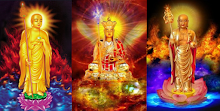



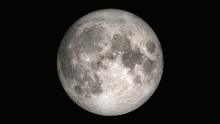















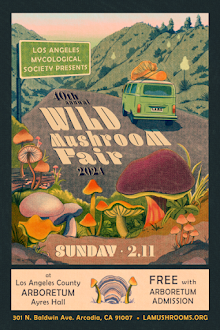

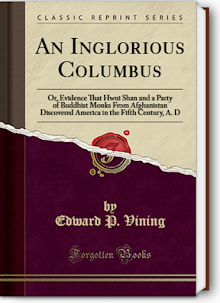



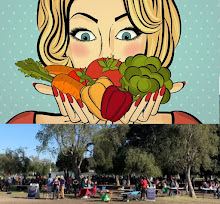


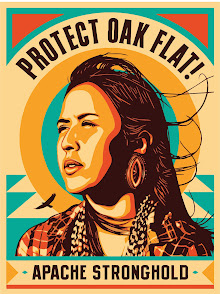






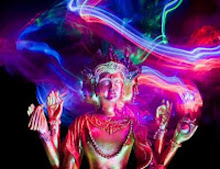









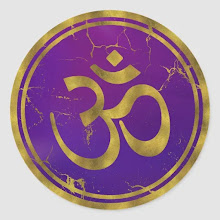





















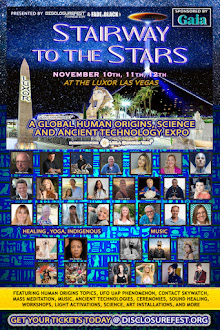
























































































































































No comments:
Post a Comment